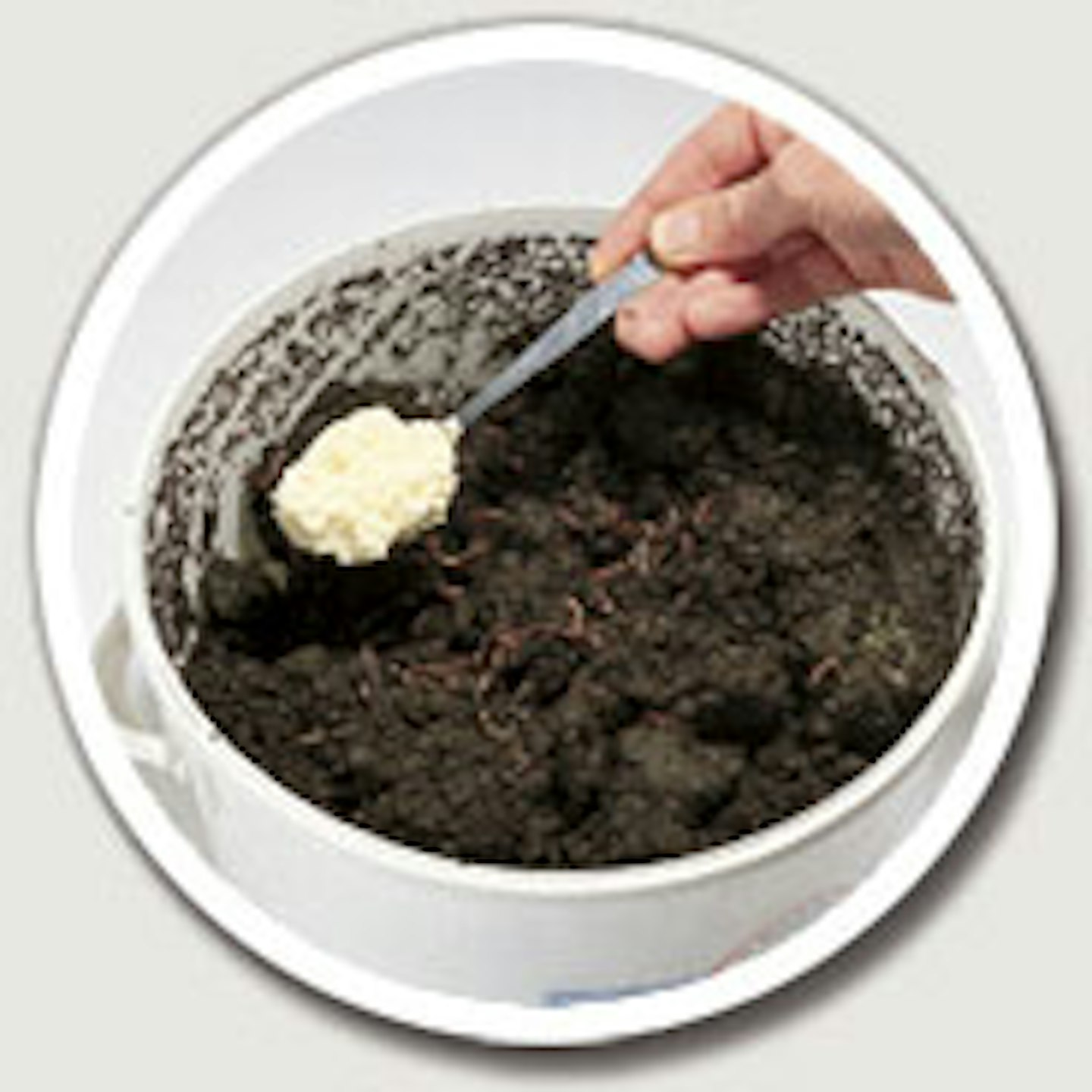Get more from your worms by following our 10-point guide to looking after them properly
1 Give them plenty of room
Store your worms in a large bucket, or better still, in a hessian sack. That way plenty of air will get to them and they will remain in tip-top condition. Ideally, hang up the bucket or the sack so that air can circulate all around it.
2 Control the temperature
The quickest way to kill worms is to make sudden changes in the temperature of the air around them. A temperature between 10 and 20 degrees Centigrade is best to keep them healthy.
.jpg?auto=format&w=1440&q=80)
3 Float them in water
On warm days, keep worms out of the sun while fishing. The best way is to float your worms in water, in the mouth of your keepnet.

4 Keep them well fed
Your worms will need feeding to keep them in tip-top condition. Cold, cooked mashed potato, broken into small pieces, will do nicely. You can even use Smash if you want! You’ll be amazed how much they can eat. Fruit is another good food.
5 Maggot death
Fresh maggots spell disaster for your worms. The ammonia in a maggot with a large feed spot – one that has recently come off the meat – will soon kill any worms near it.
6 Try newspaper for lobworms
Lobworms can be kept in dampened moss or even shredded newspaper but if you manage to keep them for more than a couple of months, you’re doing well. They can also be fed.
7 Find a friendly farmer for reds
The hardest worms to keep are redworms – found in compost heaps. Buy them only when you need them… or find a friendly farmer!
8 Store them in plenty of peat
Make sure that there is plenty of peat with them. As they age, the peat will become damp and you will need to feed them more.
9 Wormeries can be a disappointment
Creating your own wormery is difficult because it is the natural instinct of worms to vacate an area after breeding in order to let the immature worms grow.

10 Invest in a Worm Bank
Buying a product called a Worm Bank is a good investment. This is produced by British Worm Breeders and is a bucket containing food used by them to grow the worms that they supply to anglers and tackle shops. The 71⁄2-litre container is specially designed to self-feed the worms for up to six months depending on the time of year. You can buy a Worm Bank for £15 or £21 including 1,000 small worms which will double and treble in weight. Lobworms and dendrobaena will live together in one.
.jpg?ar=16%3A9&fit=crop&crop=top&auto=format&w=1440&q=80)